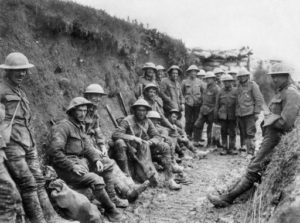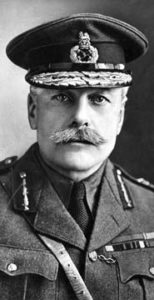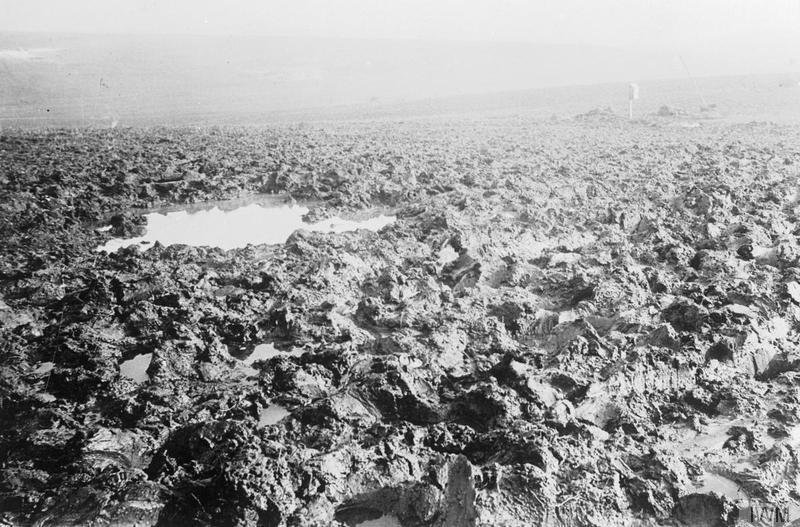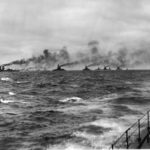The Somme, a century on – Sam Christmas
One hundred years ago, 1.6 million shells fell on this stretch of Belgian soil. For the last two years, World War One had been raging. The Imperial German army had invaded Belgium and France, the Allies (France and Great Britain) had decided to stop them. Brutal warfare has been undergone: for every 1 centimetre gained, 100 men died. At Verdun, the French army threw hundreds of thousands of soldiers into fortress in an effort to maintain the symbol of French defiance to the German war machine. Britain’s Sir General Douglas Haig decided to relieve the pressure on the French in Verdun. He decided he needed a place to attack. He chose the Somme.
The Somme, one of the most infamous battles in British history, was devastating to the British military. In fact on the first day the casualty toll was greater than the total combined British casualties in the Crimean, Boer, and Korean wars. However, its extremely high casualty list may hide a strategic victory, albeit an extremely costly one. Haig’s choices remain controversial even today due to his supposed archaic tactics in a modern war.

General Haig had command of 260 000 British soldiers and 22 000 French soldiers. This huge army opposed only 210,000 Germans. It did seem oddly in Britain and France’s favour, when considering the catastrophic losses. However, the German trenches were superior to Britain’s in every single way due to stereotypical, high quality German engineering and the fact that these were permanent defensive trenches with concrete bunkers. Also it’s much easier to defend a trench than attack it. These factors evened up the playing field a tad.
The British plan was meant to be fool proof: after seven days of continual bombardment by allied artillery, the allied infantry would just walk though the broken wire and over the German defenders’ corpses. Sadly it wasn’t. Haig hadn’t taken into account the protection which the German trenches offered the defenders. His mass artillery caused very few casualties as they all hid underground. His next objective of the bombardment was to cut through the barbed wire. A simple task, but the Royal artillery didn’t have the right wire cutting shells. This in fact made the wire even more mangled and difficult to cross. Also the Germans realised when the shelling stopped the allies were coming, so they were ready for the attack. The allies had lost the advantage of surprise.
So far not great but surely fast, hard hitting waves would overwhelm the German trenches. Actually they were told to walk. This wasn’t an extremely intelligent idea. It was conceived on the basis of the annihilation of the defenders (which didn’t happen). It was also implemented to maintain order in the ranks of the British forces, of whom quite a few were freshly trained conscripts. The lack of trust between the commanding officers and the troops of the ground caused a massacre, the likes of which haven’t been seen on a single day in British History.

‘The Battle could have been won on in the first day if it wasn’t for the ineptitude of Sir General Douglas Haig.’
The German defenders just manned their machine guns and cut down scathes of British infantry. In fact the fighting was so brutal on the first day, that the British suffered 57 000 casualties of whom 20 000 died. In fact 60% of officers involved were killed. This scale of casualties was down to the inability of the troops to move quickly as they had to walk and were laden down with all their kit. Imagine trekking through war torn fields, wearing heavy kit, carrying a heavy rifle and walking. It didn’t take much accuracy or skill for the Germans to shoot them down. The British command did their job for them. Even when they reached the barbed wire, they couldn’t cross it!
The French, however, who had more competent generals, didn’t order their soldiers to walk and actually suffered far fewer casualties, only 2000. This style of fighting, although extremely bloody, did push back the Germans who retreated and suffered 12 000 casualties. The Battle lasted 5 months, with over a million casualties, making it one of the bloodiest battles in human history. The Allies only took six miles of land and sustained over 800 000 casualties.
The Battle was not a success in a geographical or military sense, but the back of the German Imperial army was broken at the Somme and it relieved Verdun and kept the French in the War. However, the loss to the British population was devastation especially due to the fact that units were Pal battalions (battalions made up of people from the same neighbourhood) which devastated communities such as Accrington. Approximately 700 men from the Accrington Pals went into action on 1 July; 585 men became casualties, 235 killed and 350 wounded in about half an hour. There, entire generations were lost and communities broken, for a 6 mile advance. So in a sense the battle did result in a strategic victory, but it could have been won on in the first day if it wasn’t for the ineptitude of Sir General Douglas Haig.













Post Comment
You must be logged in to post a comment.